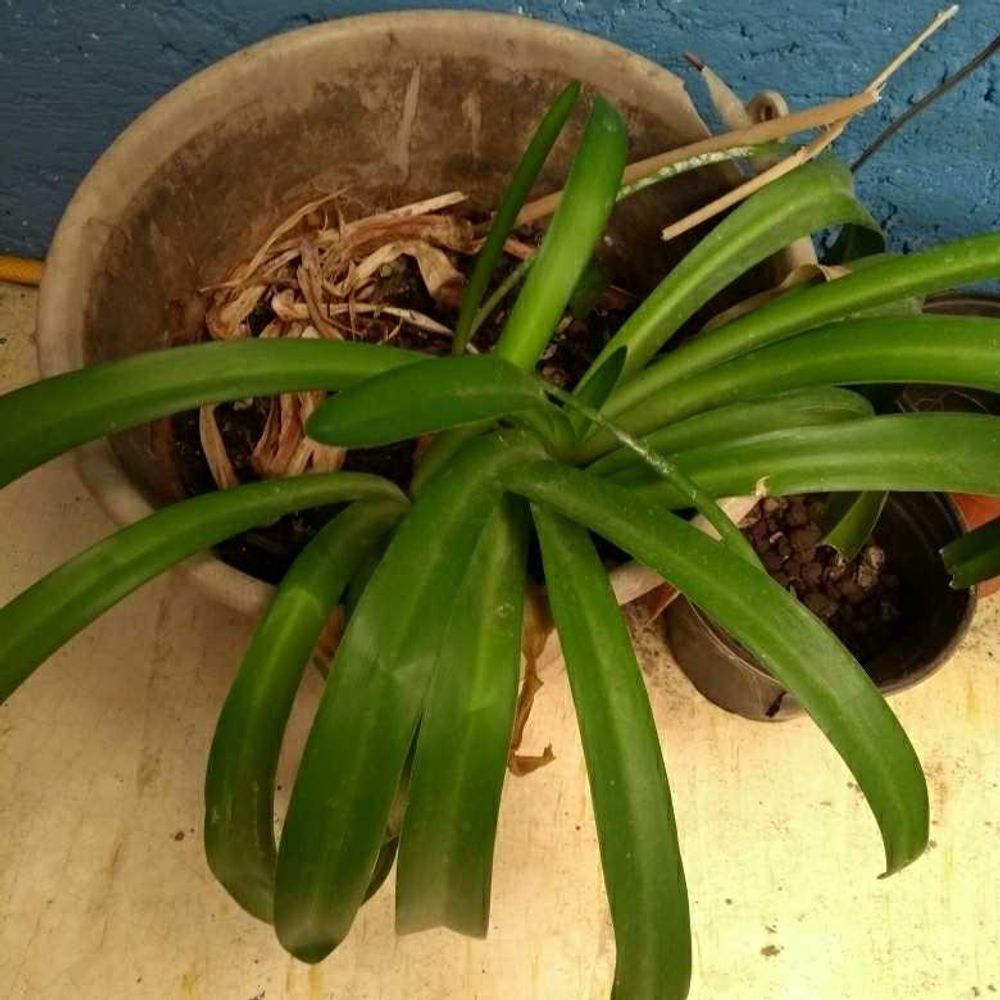Agapanthus africanus
(Adenandra marginata humilis)

Description
Agapanthus africanus, commonly known as African lily, is a flowering plant native to South Africa. It is a member of the Asparagaceae family and is widely cultivated for its striking, trumpet-shaped flowers that bloom in shades of blue and purple. Botanical Description: Agapanthus africanus is a herbaceous perennial that grows from a rhizome. It has a basal rosette of dark green, strap-like leaves that can reach up to 60 cm in length. The leaves are evergreen and form a dense clump around the base of the plant. In late summer, a tall stem rises from the center of the rosette, producing clusters of up to 20 funnel-shaped flowers that can reach up to 15 cm in length. The flowers are arranged in a cylindrical head and bloom in shades of blue and purple, although white cultivars are also available. Habitat and Distribution: Agapanthus africanus is native to South Africa, where it grows in coastal areas, along river banks, and in moist valleys. It is widely cultivated as an ornamental plant in many countries around the world, including the United States, Europe, Australia, and New Zealand. It is hardy in USDA hardiness zones 8-10, but can be grown in cooler climates as an annual or in containers that can be brought indoors during the winter months. Cultivation: Agapanthus africanus is easy to grow and is a popular choice for gardeners looking for a low-maintenance plant. It thrives in full sun to partial shade and prefers well-drained soil that is rich in organic matter. It is drought-tolerant once established, but benefits from regular watering during dry spells. In cooler climates, it is best grown in containers that can be brought indoors during the winter months, as it is not hardy in frost-prone areas. To promote bushier growth and prolong flowering, it is recommended to cut back the stems to the base of the plant after flowering. Propagation: Agapanthus africanus can be propagated by dividing the clumps of rhizomes in the spring or by taking cuttings from the top of the stems in the summer. The cuttings should be rooted in a mix of sand and peat moss, and then transplanted into individual pots once they have developed roots. Landscape Use: Agapanthus africanus is a versatile plant that is well-suited for a variety of garden styles and uses. Its striking flowers and lush foliage make it an excellent choice for borders, rock gardens, and mixed perennial beds. It is also a popular choice for container gardening and can be used to add height and interest to patio gardens and balconies. In conclusion, Agapanthus africanus is a hardy and low-maintenance plant that is well-suited for gardeners of all skill levels. With its striking blue and purple flowers and lush foliage, it is an excellent choice for adding height and interest to any garden. Whether grown in the ground or in containers, it is sure to bring a touch of the African savannah to any landscape.
Taxonomic tree:







